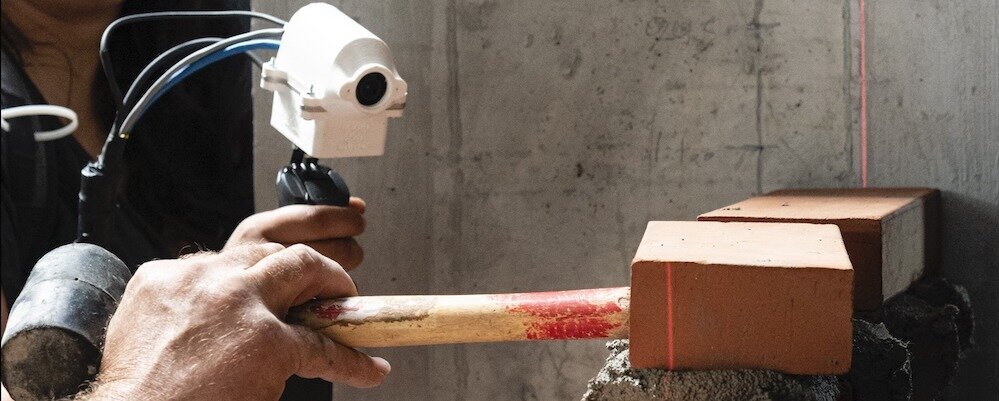#BrickWeek 2 - University Of Aarhus
Here is the story of a legendary iconic yellow brick but its wizard was not from Oz but Denmark.
Season 2, Episode 5: the University of Aarhus by C. F. Møller Architects.
The history of Aarhus, the second largest city in Denmark after Copenhagen, dates back at least the late 8th century, and is among the oldest cities in the country.
In 1931, the University of Aarhus opened with an architectural project made of sand coloured yellow brickwork (with sandstone).
Over 90 years, the campus expanded over 200,000sqm thanks to the continuous work and legacy of C. F. Møller Architects.
The university has won renown and praise as an integrated complex which unites the best aspects of functionalism with solid Danish traditions in form and materials.
The competition for the university was won by the architects Kay Fisker, C. F. Møller og Povl Stegmann in 1931. Stegman left the partnership in 1937, Fisker in 1942 and C. F. Møller Architects has been in charge of the continued architectural development and building design of the university until today.
The University of Aarhus, with its extensive park in central Aarhus, includes teaching rooms, offices, libraries, workshops and student accommodation. The university has a distinct homogeneous building style and utilises the natural contours of the landscape.
The campus has emerged around a distinct moraine gorge and the buildings for the departments and faculties are placed on the slopes, from the main buildings alongside the ring road to the center of the city at Nørreport.
All throughout the campus, the buildings are variations of the same clear-cut prismatic volume with pitched roofs, oriented orthogonally to form individual architectural clusters sharing the same vocabulary.
The way the buildings emerge from the landscape makes them seem to grow from it, rather than being superimposed on the site.
The original scheme for the campus park was made by the famous Danish landscape architect C. Th. Sørensen. Until the death of C. Th. Sørensens in 1979 the development of the park areas were conducted in a close cooperation between C. Th. Sørensen, C. F. Møller and the local park authorities.
Since 1979 C. F. Møller Architects - in cooperation with the staff at the university - has continued the intentions of the original scheme for the park, and today the park is a beautiful, green area and an immense contribution to both the university and the city in general.
In 2001, C. F. Møller Architects prepared a new masterplan for the long and short term development of the university. Although the university has been extended continuously for more than 75 years, the original masterplan and design principles have been maintained, and have proven a simple yet versatile tool to create a timeless and coherent architectural expression adaptable to changing programmes.
Today, the university is officially recognised as a Danish national architectural treasure and is internationally renowned as an excellent example of early modern university campus planning.
Pictures by Erik W Olsson; Jan Kofoed Winther; Julian Weyer; Poul Ib Henriksen; Torben Eskerod

























































